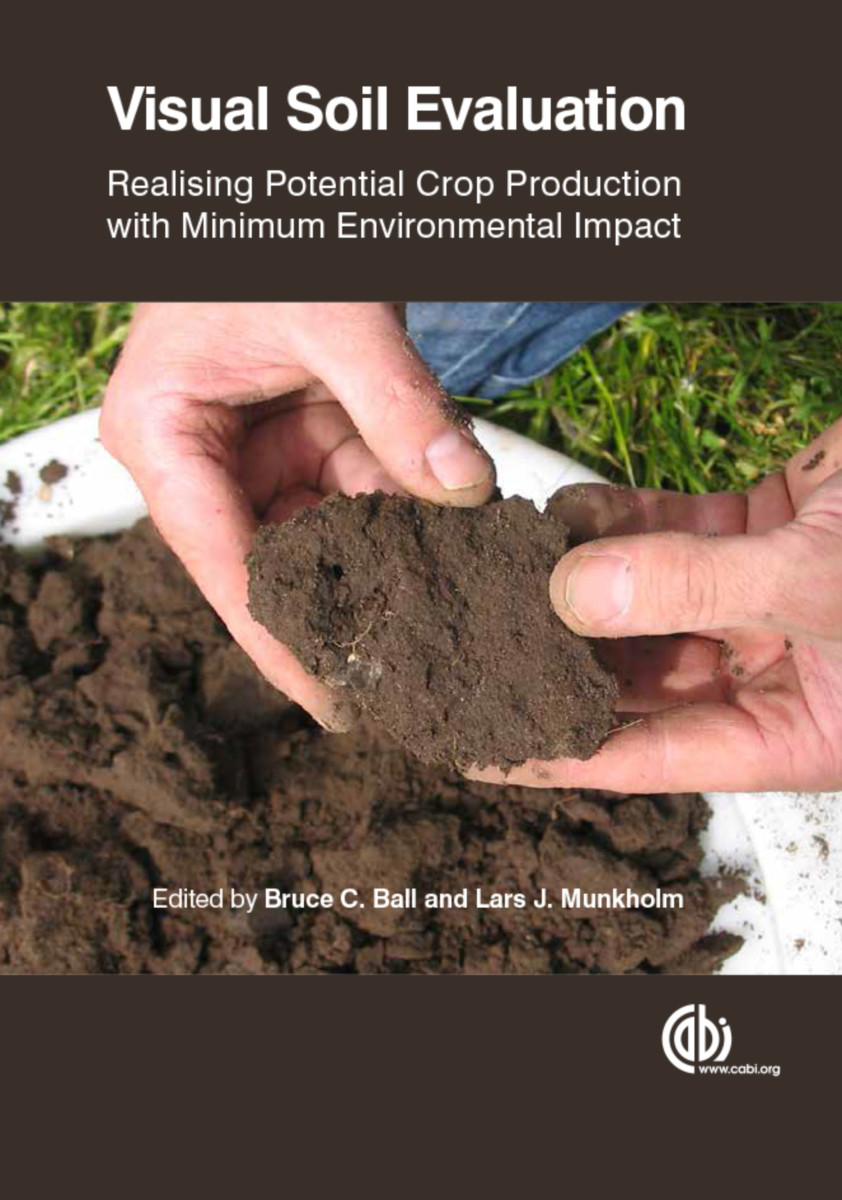Visual Soil Evaluation
Realising Potential Crop Production with Minimum Environmental Impact
- Publisher
CABI - Published
3rd December 2015 - ISBN 9781780647456
- Language English
- Pages 168 pp.
- Size 6.75" x 9.5"
- Publisher
CABI - Published
3rd December 2015 - ISBN 9781780644707
- Language English
- Pages 168 pp.
- Size 6.75" x 9.5"
Visual Soil Evaluation (VSE) provides land users and environmental authorities with the tools to assess soil quality for crop performance. This book describes the assessment of the various structural conditions of soil, especially after quality degradation such as compaction, erosion or organic matter loss. Covering a broad range of land types from abandoned peats to prime arable land, this useful handbook assesses yield potential across a range of scales. It also appraises the use of VSE in determining the potential of different land types for carbon storage, greenhouse gas emissions and nutrient leaching, and for diagnosing and rectifying erosion and compaction in soils.
1. Describing soil structures, rooting and biological activity and recognising tillage effects, damage and recovery from damage in clayey and sandy soils
2. Assessing structural quality and crop performance for agronomy (VESS, VSA, SOILpak, Profil cultural, SubVESS)
3. Reduction of yield gaps and improvement of ecological function through local-to-global applications of visual soil assessment
4. Visual evaluation of grassland and arable management impacts on soil quality
5. Choosing and evaluating soil improvements by subsoiling and compaction control
6. Valuing the Neglected: lessons and methods from an organic, anthropic soil system in the Outer Hebrides
7. Evaluating land quality for carbon storage, greenhouse gas emissions and nutrient leaching
8. Soil structure under adverse weather/climate conditions
9. The expanding discipline and role of Visual Soil Evaluation
Bruce C. Ball
Bruce C. Ball is at SRUC, UK.
Lars J. Munkholm
Lars J. Munkholm is at Aarhus University, Denmark.


